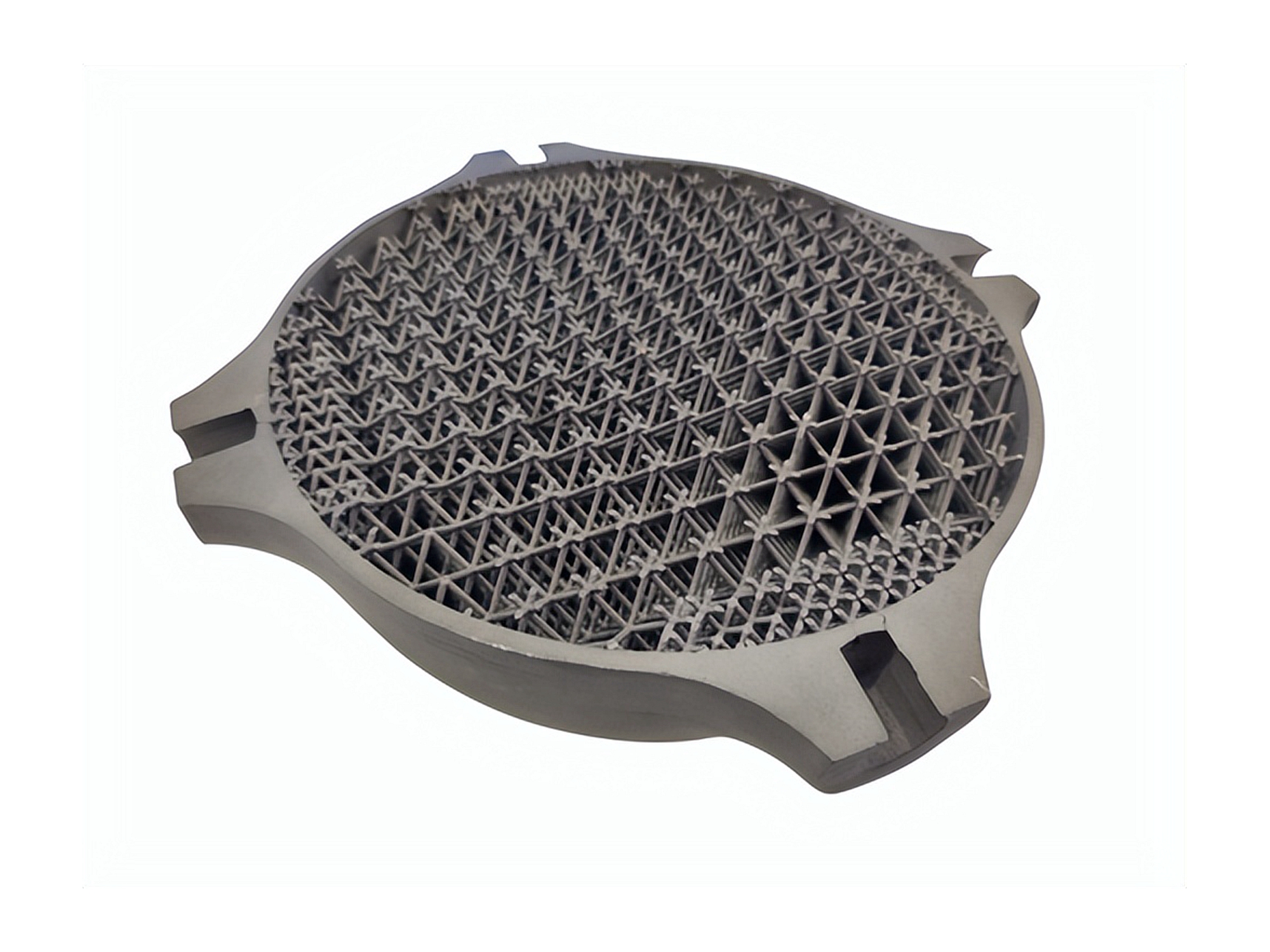What Is Laser Metal Deposition (LMD) 3D Printing Service?
Introduction
Laser Metal Deposition (LMD) is an advanced additive manufacturing process that precisely deposits metallic powders or wires onto a substrate using a high-powered laser beam. This technique is highly valued for its capability to produce fully dense metal parts, repair damaged components, and add complex geometries to existing structures efficiently. Unlike conventional CNC machining or traditional welding processes, LMD reduces waste, shortens lead times, and excels at creating highly customized or difficult-to-machine components.
At Neway, our comprehensive industrial 3D printing services incorporate LMD to deliver precise, robust metal parts ideal for aerospace, automotive, and energy sectors, enhancing durability and performance while significantly reducing production cycles and costs.
How LMD Works: Process Principles
The Laser Metal Deposition process comprises three fundamental stages: powder or wire feeding, laser melting, and solidification. First, metallic material in powdered or wire form is accurately fed into the laser’s focal point. A high-powered laser simultaneously melts the incoming metal and the substrate surface, creating a molten pool. As the laser moves, this molten pool solidifies rapidly, forming dense metal layers bonded securely to the substrate. This controlled deposition process surpasses conventional FDM or SLS methods by allowing precise metallurgical control and minimal post-processing.
Common LMD Materials
LMD technology utilizes specialized metal alloys engineered for specific mechanical properties and industrial applications. The following materials are commonly employed at Neway:
Material | Tensile Strength | Thermal Stability | Key Properties | Common Applications |
|---|---|---|---|---|
900–1100 MPa | Up to 400°C | Lightweight, excellent corrosion resistance | Aerospace structures, implants | |
1200–1400 MPa | Up to 700°C | Exceptional high-temperature strength, corrosion resistance | Turbine blades, combustion chambers | |
600–1100 MPa | Up to 500°C | Good corrosion resistance, high ductility | Oil & gas components, medical tools | |
1500–2000 MPa | Up to 600°C | Excellent toughness, wear resistance | Tooling, molds, dies |
Key Technical Features of LMD 3D Printing
Laser Metal Deposition offers distinct technical advantages, especially in metal component production and repair. Key technical attributes validated by ASTM and ISO industry standards include:
Precision & Resolution
Layer Thickness: Adjustable from 0.1 mm to 1.0 mm, ideal for both fine detail and rapid deposition.
Dimensional Accuracy: ±0.2 mm (ISO 2768 standard), superior for large-scale parts and repairs.
Minimum Feature Size: Capable of producing features down to approximately 0.5 mm, suitable for precise structural elements.
Mechanical Performance
Tensile Strength: Alloy-dependent, ranging from 600 MPa to over 2000 MPa, delivering exceptional mechanical performance.
High-Temperature Resistance: Superalloys withstand operational temperatures exceeding 700°C, ideal for demanding aerospace applications.
Fatigue Resistance: Excellent fatigue strength and metallurgical integrity, suitable for critical load-bearing components.
Production Efficiency
Rapid Build Rates: Deposition rates from 50 to 300 cm³/hour, facilitating fast part construction and repairs.
Minimal Material Waste: Powder utilization efficiency often exceeds 90%, significantly reducing costs compared to traditional machining.
Direct Component Repair: Capable of directly adding material onto worn or damaged parts, eliminating costly replacements.
Surface & Aesthetic Quality
Surface Finish: Achievable surface roughness, typically Ra 10–30 µm, suitable for functional surfaces with minimal finishing.
Post-processing Options: Easily machined or polished post-deposition for specific surface requirements.
Core Advantages Over Conventional Methods
Cost-Effective Repair: Enables on-demand repair and restoration of high-value components, reducing replacement costs by up to 70% compared to traditional machining.
Superior Material Utilization: Achieves powder usage efficiencies above 90%, substantially lower material waste than CNC’s 60–80% wastage.
Complex Geometry Fabrication: This creates complex shapes and internal channels that are difficult or impossible to achieve with traditional subtractive machining.
Rapid Turnaround: Produces functional metal parts within hours to days, considerably faster than CNC machining (typically 3–7 days) or casting (weeks to months).
Enhanced Mechanical Integrity: Metallurgically bonded layers result in robust, fully dense metal parts with uniform material properties, outperforming conventional welding methods.
Material Flexibility: Easily transitions between various high-performance metals and alloys within a single system, providing unmatched versatility.
LMD vs. CNC Machining vs. Casting: Manufacturing Process Comparison
Manufacturing Process | Lead Time | Surface Roughness | Geometric Complexity | Minimum Feature Size | Scalability |
|---|---|---|---|---|---|
Laser Metal Deposition | 1–3 days (no tooling required) | Ra 10–30 µm | ✅ Highly complex, internal structures achievable | 0.5 mm | 1–100 units (optimal for customized parts) |
3–7 days (programming and setup) | Ra 1.6–3.2 µm | ❌ Limited by tooling constraints | 0.5 mm | 10–500 units (costly at high complexity) | |
4–12 weeks (tool fabrication) | Ra 6–12 µm | ❌ Requires tooling, limited internal features | 1–3 mm | >500 units (economical only at large volumes) |
Industry-Specific LMD Applications
Aerospace & Aviation: Production and repair of turbine blades, engine components, and structural parts with high-performance alloys.
Automotive: Customized performance components, rapid prototyping of engine and drivetrain parts, tooling repair.
Oil & Gas: Fabrication and refurbishment of valve bodies, drilling components, and corrosion-resistant pipelines.
Power Generation: High-temperature components, turbine repair, wear-resistant surfaces for maintenance efficiency.
Related FAQs
How does Laser Metal Deposition reduce repair and production costs compared to conventional machining or casting?
What metals and alloys can be processed using LMD technology, and what are their key benefits?
What level of precision and accuracy can I expect from LMD-printed metal components?
How quickly can LMD technology deliver customized or repaired metal parts?
Which industries benefit most from adopting Laser Metal Deposition for manufacturing or component repair?

